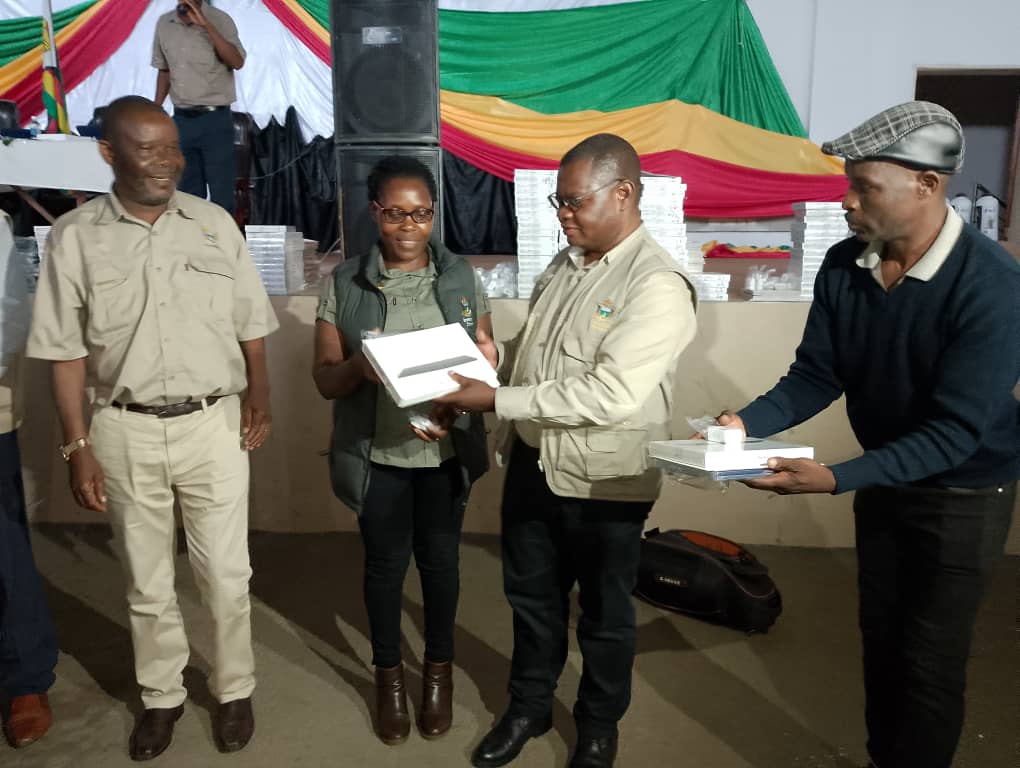By Delicious Mathuthu
Gweru, Zimbabwe – In a bid to enhance transparency and accountability in public service delivery, the Vendors Initiative for Social and Economic Transformation (VISET) is introducing the Local Authorities Citizen Engagement (LACE) Community Scorecard, an innovative tool that will enable communities to assess and improve the quality of health and education services.
VISET, who were recently in Gweru for a training on how community scorecards work, a follow up programme to another training previously held on Public Finance Management in Gweru, said the goal is to promote citizen-led monitoring activities, demanding better services from local authorities, mostly focusing on education and health sectors.
Speaking during the LACE Community Scorecard training in Gweru recently, VISET Programmes Officer Edward Kapodogo said this is a powerful tool that enables communities to assess and improve the quality of health and education services in their respective areas.
The innovative approach, he said, strengthens community voices, demanding better services from local authorities.
“The Community Scorecard is a public service monitoring tool used to assess health and education services,” said Kopodogo.
He said communities can identify problems, score services, and demand improvements from the concerned local authorities.
In the health sector for example, Kopodogo said the scorecard will evaluate areas like respect for patient rights, availability of medical staff and medicines, cleanliness, safety measures in health services, among others.
In education, he said it will focus on equal access to education, availability of teachers and learning materials, school infrastructure, safety, among other issues.
“The scorecard helps communities identify top issues that need urgent attention,” he said.
He said the scorecard’s effectiveness lies in its simplicity and community-led approach.
“Data collection involves observation, interviews, and records review. Communities then discuss and agree on scores, identifying key problems and demanding specific actions from local authorities,” Kapodogo said.
“You have the right to quality health and education services! The Community Scorecard helps monitor and improve services,” he added.
Speaking during the previous LACE programme on Public Finance Management which saw Gweru Councilors, vendors, VISET and Gweru Residents and Ratepayers Association (GRRA) come together, Deputy Mayor Nyaradzo Madzikura recognized the work done by VISET saying most people are now surviving through the informal sector.
“Almost everyone is now a vendor, so this programme which you have come with is important to us.
“As city fathers we are going to learn from you and its also your opportunity for you to ask us how we are working in different areas so that we move together,” she said.
Councilors, including those chairing different council committees, were in attendance.
Gweru City Council Finance Committee Chairperson, Councilor Hlupheko Marufu, said the city’s budget was submitted to the Local Government Ministry and currently awaiting approval.
Councilor Marufu said most of the raised concerns by residents during budget consultations were taken into consideration, including the need for new schools.
“There are about five new schools that were included in the 2025 budget, so we have taken into consideration nearly everything that was raised by residents,” he said.
The Community Scorecard programme is set to kick off once the 2025 budget has been approved, and set to be conducted periodically to assess service delivery improvements in the city.
Another Councilor, Aaron Mumvana, said apart from the need of new schools, council considered expanding infrastructure in already existing council schools.
“On the issue of schools I think there are council schools that needed more blocks. So we agreed that more blocks are needed.
“Then we have new areas that need schools, looking at places like Daylseford, Senga and all the way to Mtausi Park in ward 3.
“We now have crowding in town because those suburbs don’t have schools,” he said.



